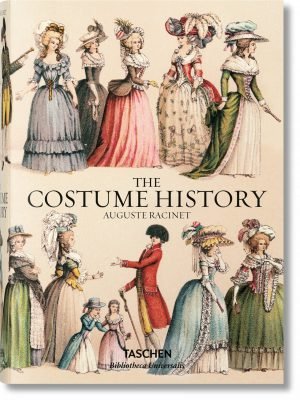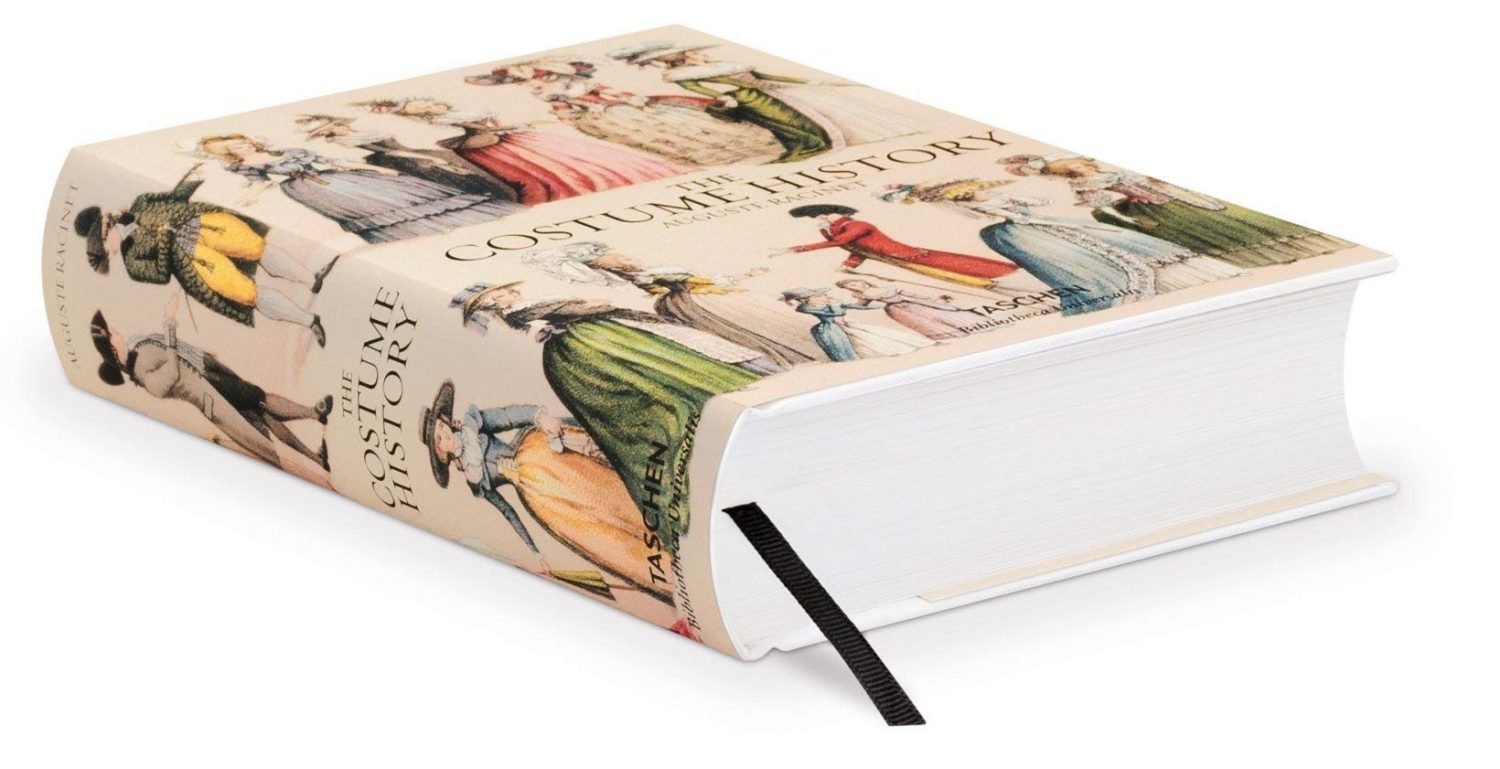
MIDDLE AGES. FIFTEENTH CENTURY.
CONVENTIONAL FLORA AND FLOWER WORK.
Plate XLVIII.
THE details that fill the accompanying plate are too numerous for us to indicate the sources from which they have been derived, but they have all been taken from manuscripts of the fifteenth century.
As a general rule the subjects have been adapted from the European flora; in some of them nature is strictly adhered to, while in others there are arbitrary combinations of different plants with each other, or with figures of animals, or even with the human form.
The Middle Ages excelled in this sort of fantastic caprice, to which the freedom of imagination which characterized the style was capable of imparting an almost endless variety, but in which, nevertheless, certain general forms are always noticeable. An example of this may be seen in the holly leaf, so frequently depicted in manuscripts, which is here presented under many different aspects, and could be utilized in various departments of art, quite apart from that of illumination. For instance, it would be very suitable for ornaments in iron-work.
Source: Polychromatic ornament by Auguste Racinet. London, H. Sotheran and Co., 1877.








